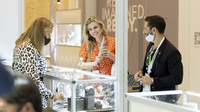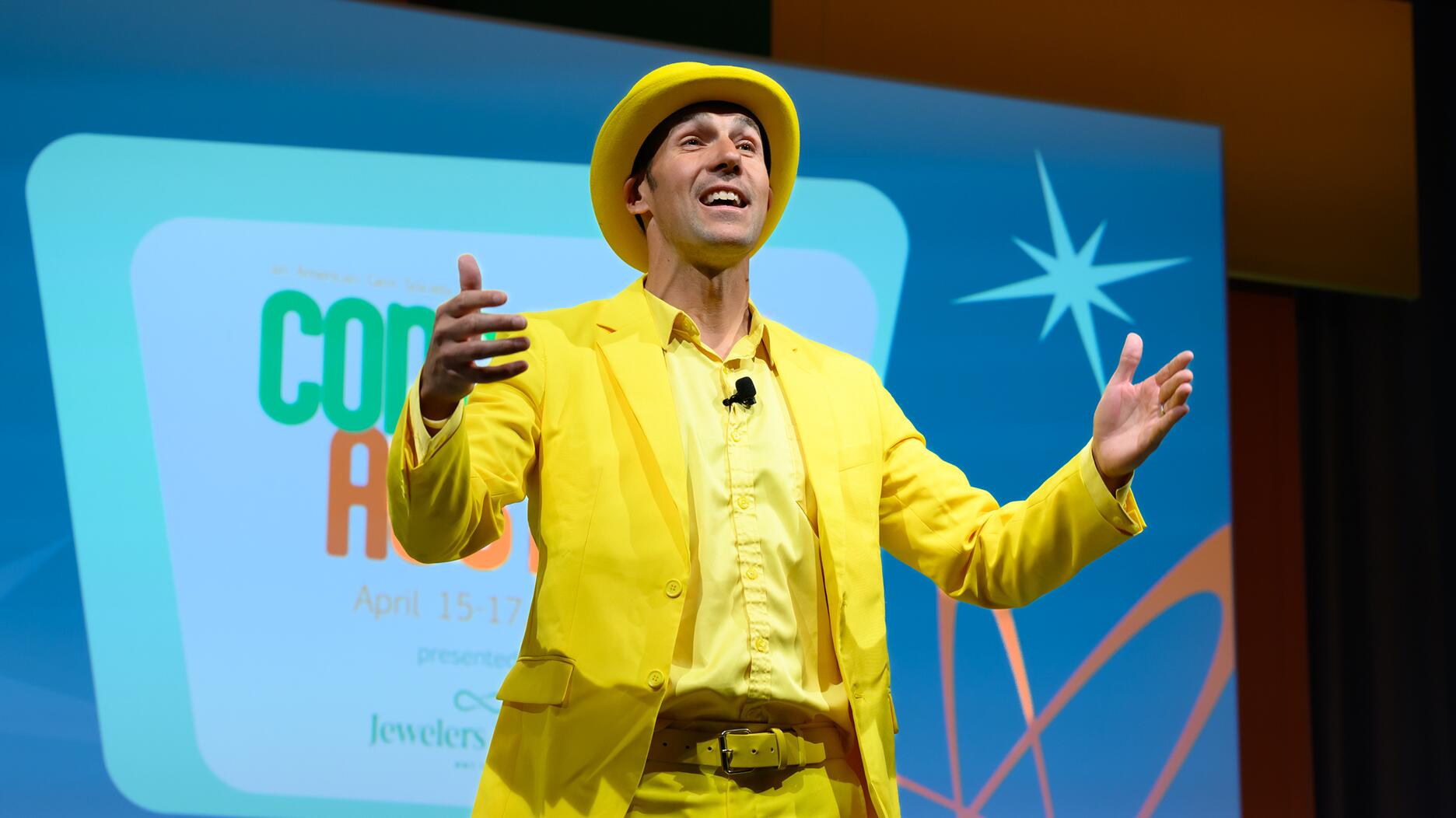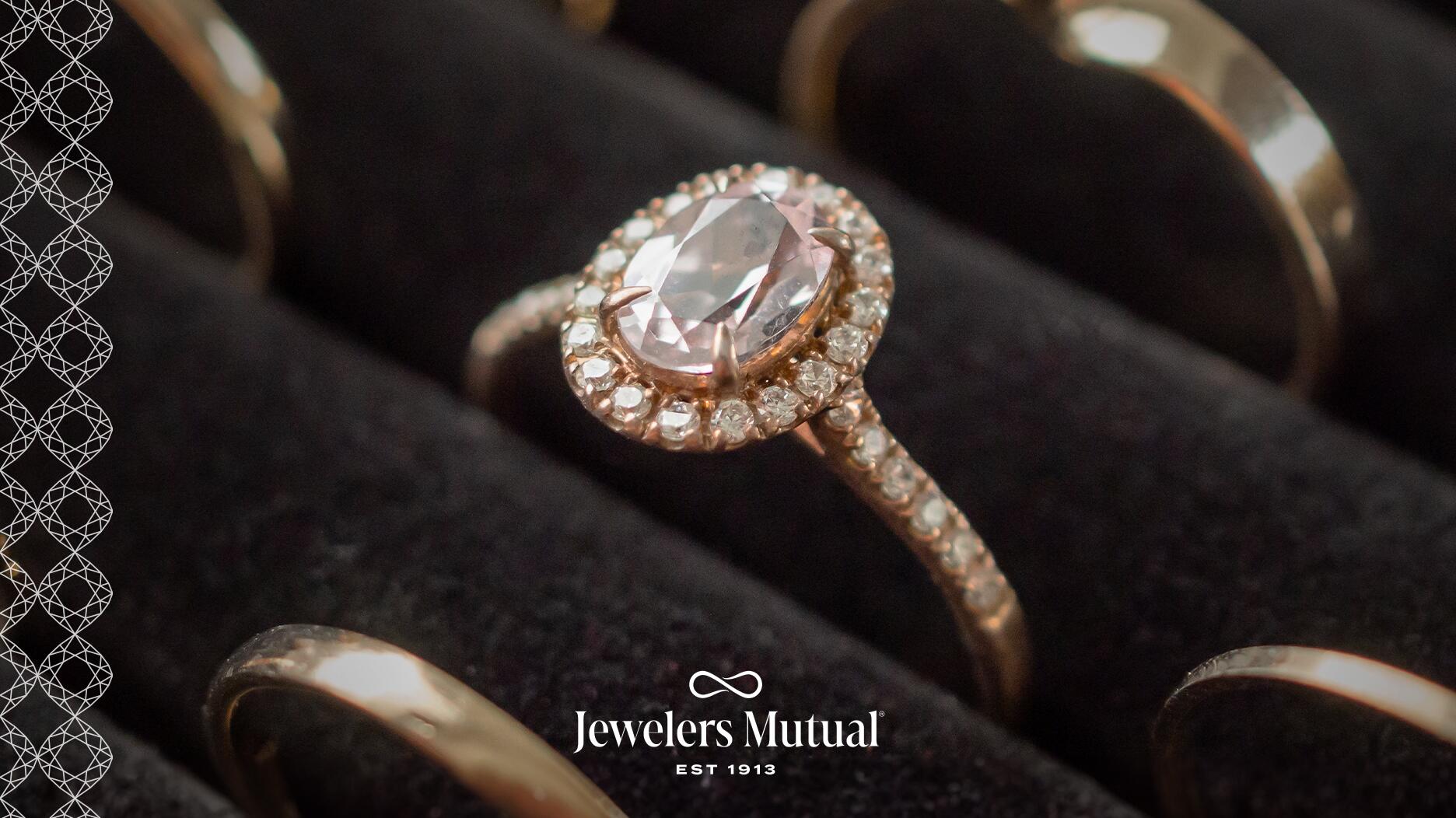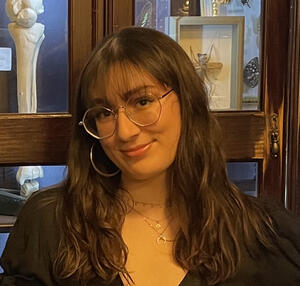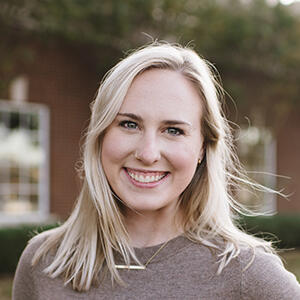The “Tiffany Céleste” collection reimagines designer Jean Schlumberger’s interpretations of the universe.
Q&A: The Woman Who Told the Story of ‘The Radium Girls’
Editor-in-Chief Michelle Graff sat down for a virtual chat with Kate Moore, who wrote a book about the courageous watch and clock dial painters of the early 20th century.
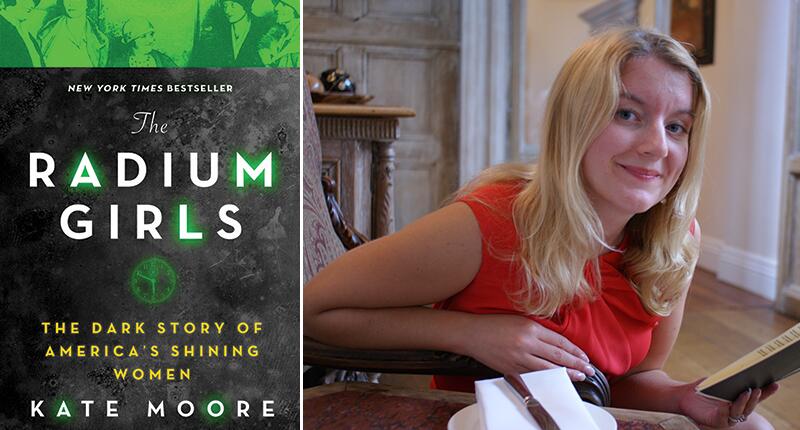
Lip, dip, paint.
Starting in the early 20th century, this was the process thousands of women used at factories across the United States to apply a newly discovered element to watch and clock dials that made them glow in the dark—radium.
The women would apply this wonder substance using fine camel-hair paint brushes brought to an even finer point by sticking them in their mouths, a technique known as lip-pointing.
The big problem with this method: Radium is toxic and, even though their employers knew it, nobody bothered to share this fact with the women.
And so they got sick, and had to go to court to fight the radium companies for money as their medical bills mounted and most found themselves unable to work.
These women became known as the “radium girls” and over the years, they’ve had their struggles documented in scientific journals and law reviews. But there was never really a book about their lives until a couple years ago, when a woman named Kate Moore wrote one.
London-based Moore is the author of “The Radium Girls,” published in 2017 by SourceBooks.
A gift to me from the former publisher of National Jeweler, I must confess that this book has been in my to-read pile for a while.
But right now, like so many others, I am trying to use my time in isolation constructively. So I dusted it off, devoured it, and set up a Skype interview with the author, in the hopes that others who are still safe at home might add it to their reading lists too.
This interview has been edited for length and clarity.
National Jeweler: You learned about the “radium girls” when you directed a play in London, “These Shining Lives,” about the dial painters who worked at The Radium Dial Company in Ottawa, Illinois. How did you come to know about the play, and what about these women made you want to write a book about them?
Kate Moore: This whole journey has been such a sort of serendipitous one. I didn’t know about the play at all. All that happened was, I was sitting on my sofa in London in the spring of 2014. Literally about a week before I had closed my directorial debut, which was [Spanish playwright Federico García] Lorca’s “Blood Wedding.” I enjoyed the process of directing so much that I was like, I
So I literally just typed into Google “great plays for women” because I wanted to direct a play with strong female characters, great opportunities for actresses and so on. One of the plays that came back on that Google search was “These Shining Lives” by Melanie Marnich.
It just spoke to me. This story and these women were just so incredible—their dignity, their courage, their strength, the way they fight, their sisterhood. Everything about the play was just so powerful to me.
The book came about … because I was just amazed there wasn’t a book, a narrative book, that told their story in nonfiction. There were books about their legal legacy, books about the science, but no book that sort of took you on the journey with them and that celebrated them, the individual women.
And I really thought they deserved a book that did that. I thought they deserved to be remembered and readers deserved to know about them.
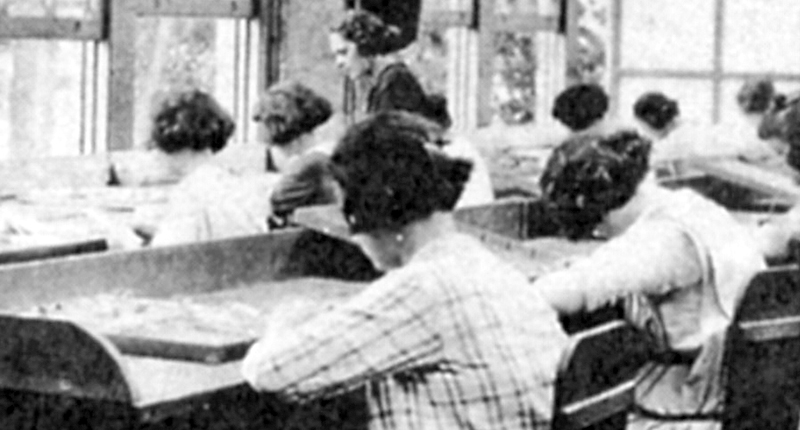
NJ: When did you start writing “The Radium Girls” and how long did it take you?
KM: Everything was sort of all tied up with the play. I was staging the play in March of 2015 so I did my auditions in January of 2015. It was while I was researching and [we were] rehearsing that I came up with the idea for the book. I wrote my proposal quickly while we were rehearsing and some of the editors who were considering the book came to see the play, which was amazing in terms of showing the women’s stories.
I was then researching the book off and on over the next year, and I delivered the book at the end of the January 2016.
NJ: So it was pretty quick. It’s unusual for a writer; we’re known as the great procrastinators. That’s real self-discipline.
KM: I always say that I have to preface the answer by saying, I did write it that quickly but I was also working seven days a week and ridiculous hours in order to get it done in time.
I went on my research trip to America and came back and said to my publisher, ‘look, I found way more material than I thought I would. I need time to go through this.’ They said they’d give me an extension, but it was an extension of two months and that was all they could give me.
So I was like right, OK, I just need to crack on with this now because the deadline can’t move any more than it already has. It’s amazing how a deadline can focus the mind when you know it’s immovable.
NJ: Your book, as we’ve mentioned, tells the story from the women’s perspective, exploring their lives, their homes, their hobbies, their families. You feature more than two-dozen dial painters from two factories specifically—the United States Radium Corp. in Orange and Newark, New Jersey and Radium Dial in Ottawa. In your research, did one of the women become a particular favorite of yours?
KM: I would say, obviously, I identified with all the women as I was writing about them , but there were two who stood out.
Grace Fryer in New Jersey, simply because of the tenacity of her fight for justice. She was knocked back so many times even from finding a lawyer, and she was the one who kept fighting, kept making appointments, kept on pushing this. She would not take it lying down, even though so many of her friends sort of said, ‘oh it’s not worth it, we just have to sit down and take it.’ Grace wouldn’t take it.
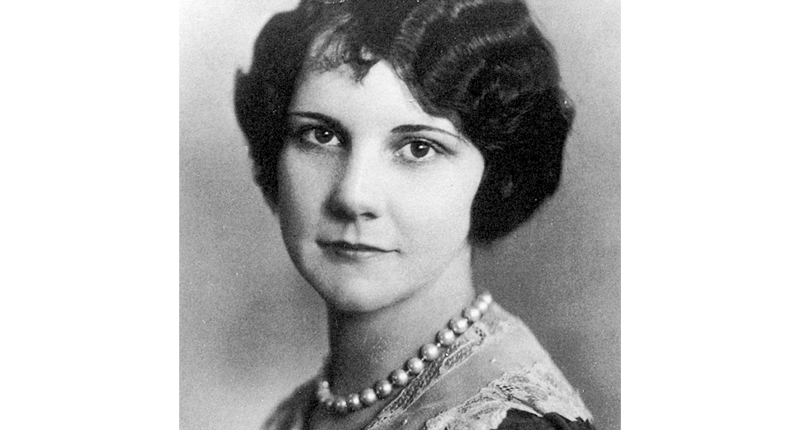
She kept fighting and sort of brought everyone else along with her. I thought she was particularly remarkable and I just admire her strength of character, and determination and resolute nature so much. I think she was brilliant.
And the other radium girl is Catherine Donohue. My connection with her is on two levels.
The first is because Catherine is the heroine of the play I directed. It was her opening monologue that I first read when I fell in love with the script. And so her story has always been so close to my heart because it was her story through which I learned the stories of all the radium girls.
And I just think Catherine’s story in particular—the heart-breaking scenes of her trying to comfort her children, her grief at knowing that she was going to die before her children were grown, and the way she so bravely gave evidence, literally on her deathbed using her last vestiges of energy to speak out against this injustice, to fight for justice for her and her friends, and for her children as well.
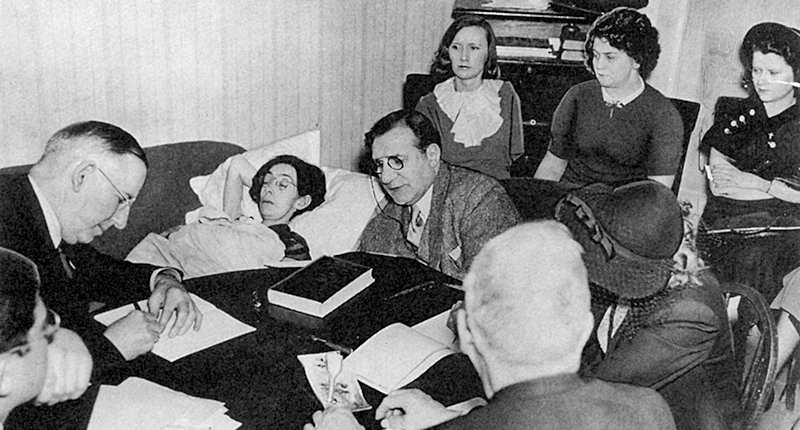
She was already dying and her doctors literally said, if you give evidence, this could kill you, and yet she still did it. She was just incredible. The way she just kept fighting was extraordinary.
NJ: Among all the injustices the radium girls had to endure, is there one that makes you the most angry or that you find the most disturbing?
KM: That’s such a hard question to answer, I think because there are so many things I find enraging.
The fact that they try and sort of essentially slut-shame the women, hiring private investigators to dig up dirt on them, asserting that some of the women died of sexually transmitted diseases.
It makes me angry that the women weren’t listened to, and that we still see that happening today … because [some] doctors are not taking women’s complaints and their pains seriously.
I think for me probably the ultimate tragedy, and the thing that really made me mad when I was researching the book, was just coming across company files and memos where it was obvious that the company did know of the dangers of radiation and they still put their workers at risk. There’s no two bones about it. The understood the dangers and they let the women get sick and get hurt and die.
And that to me is the most enraging thing of all. None of this had to happen. This tragedy was completely avoidable and yet it still happened.
NJ: Can you talk a little bit about what you get into in the book’s epilogue, the radium girls’ long-time contribution to science, workplace safety standards—their cases laid the groundwork for the Occupational Safety and Health Administration (OSHA) here in the United States—and the general health and well-being of the human race?
KM: Things like dosimeters that people now wear working in nuclear industries that measure the amount of radiation to which you’ve been exposed came, I believe, following the radium girls, following their deaths and the awareness they brought to how the sort of cumulative effect of exposure to radiation can harm you. It’s not just about those one big doses, but small amounts over time also have a devastating effect.
And I write a little bit in the book about how the women influenced safety standards on The Manhattan Project [the World War II-era research project that resulted in the development of the world’s first nuclear weapons].
It was the health department in The Manhattan Project that created the film dosimeters that people still wear today, which chart the cumulative effects of what workers are being exposed to in terms of radiation, and that comes from the radium girls and their sacrifices and the knowledge that we’ve gained from them.
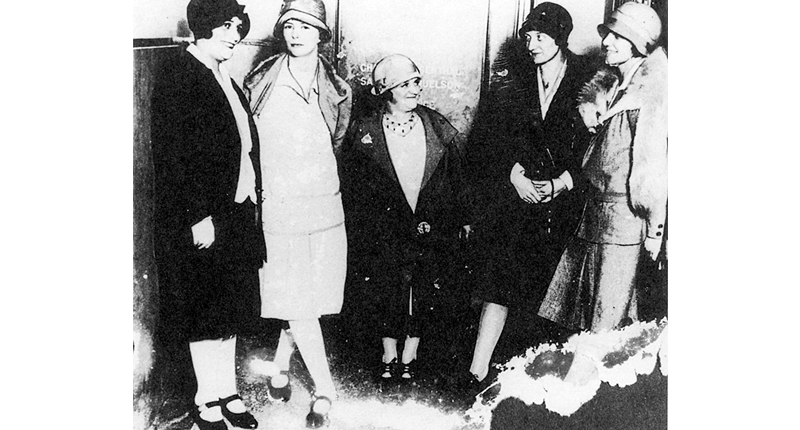
NJ: I believe you have a quote in the book from the director of The Manhattan Project, who mentioned the radium girls specifically.
KM: That’s right. He writes it in his diary. He says he has a vision of the girls as he’s walking around the labs one night, he has a vision of the ghost girls and it makes him realize that all these thousands of workers on The Manhattan Project are also being exposed to radiation.
It’s because of that connection that he makes that The Manhattan Project workers were protected. He urged on the powers-that-be to protect the workers because, otherwise, they might face a tragedy just like what happened to the radium girls. So they protected all those workers and everyone who came after them in the atomic industry.
The long-term studies on the women ultimately also led to our understanding that conducting above-ground atomic tests, for example, is not a good idea because of the buildup of radioactive isotopes in the human food chain.
All of these studies on the women benefited the world in terms of that knowledge of internal radiation and how dangerous it.
NJ: So I obviously read this book during a very specific period in our history, and I’ve been struck by a couple similarities between the plight of the radium girls and the coronavirus pandemic.
The first is the undervaluing of people with frontline jobs. I hope that everyone out there performing an essential job right now has what they need to do their jobs safely, but I know that’s not always the case.
The second thing I thought of was how the radium girls had to fight to be believed, even though it was so obvious they were sick and that the radium was the problem.
Has anything about the radium girls’ stories resonated with you in the midst of this current health crisis?
KM: Yeah, I think there are definite parallels. I think the big one is profits over people.
I read a really interesting article the BBC did on a pork plant in South Dakota and it was really haunting for me because, almost word for word at times, there were parallels to the radium girls story.
There’s a bit in the book where I talked about an advertisement published by of the radium firms where they said the health of employees was always foremost in the minds of company officials.
This pork plant in South Dakota issued almost identical statements, saying they were making sure that their employees were safe. The article focuses on the fact that actually, this pork plant is now the epicenter of all coronavirus cases in South Dakota and hundreds of people have been infected who have been working there.
And I think, as well, we see it even in the decisions that governments are now making.
The whole debate is the economy versus the health. It is profits over people, profits versus people, on which side are we doing to come down on it. And that, for me, is the crux of the radium girls story in a way.
One of the last lines in the book talks about profits over people and that is where every nation on Earth is going to get to; they’ve got to make that call.
And just to pick up, finally, on what you were saying about them not being believed.
We see that already with conspiracy theories and with people protesting and playing down the ferocity of the virus and the seriousness of it. We see that even now, even though the scientific evidence is there that is this is sweeping the world and it is this new disease. People are still doubting.
Perhaps they’re scared, perhaps they just don’t want to believe, perhaps they’re just ignorant. It’s hard to know why, but you do see history repeating itself in that same way.
For more information about Moore and her book “The Radium Girls,” visit the author’s website.
To order a copy of “The Radium Girls” from an independent bookstore, try IndieBound.org.
The Latest

The brand also created a 100-carat lab-grown diamond necklace in honor of its centennial.

Tim Schlick has been promoted from his previous position as COO.

Meet Ben Claus—grand prize winner of For the Love of Jewelers 2023 Fall Design Challenge.

It’s the second year for the event, slated to take place in October in Toronto.


Supplier Spotlight Sponsored by GIA
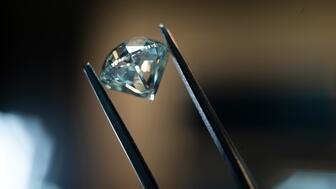
Sales will be paused while the relocation takes place over the next few months.

With Ho Brothers, you can unlock your brand's true potential and offer customers the personalized jewelry experiences they desire.

“SIS x MISA Denim and Diamonds” is a collaboration between the designer and celebrity stylist Misa Hylton.

The retailer is moving to a newly designed space in the same shopping center.
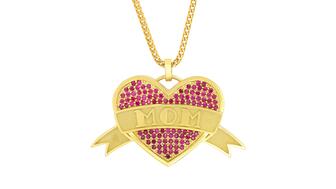
Gifts that are unique and thoughtful are top of mind this year, according to the annual survey.
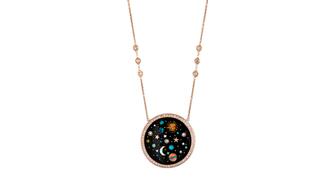
The necklace is featured in the brand’s “Rebel Heart” campaign starring Adam Levine and Behati Prinsloo.

The two organizations will host a joint event, “Converge,” in September 2025.

Big changes appear to be on the horizon for the diamond miner and its parent company, Anglo American.
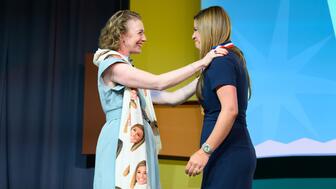
Padis succeeds Lisa Bridge, marking the first time the organization has had two women board presidents in a row.

The Royal Oak Perpetual Calendar "John Mayer" was celebrated at a star-studded party in LA last week.
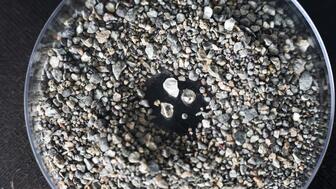
The announcement came as the company reported a 23 percent drop in production in Q1.

The three-time Pro Bowler continues to partner with the retailer, donating to a Detroit nonprofit and giving watches to fans.

A double-digit drop in the number of in-store crimes was offset by a jump in off-premises attacks, JSA’s 2023 crime report shows.
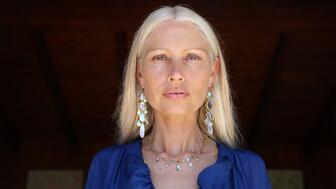
Inspired by the Roman goddess of love, the designer looked to the sea for her new collection.
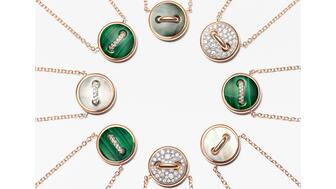
The luxury titan posted declining sales, weighed down by Gucci’s poor performance.

The selected nine organizations have outlined their plans for the funds.

The mining company’s Diavik Diamond Mine lost four employees in a plane crash in January.

The crown introduced a dozen timepieces in Geneva, including a heavy metal version of its deep-sea divers’ watch.

Emmanuel Raheb recommends digging into demographic data, customizing your store’s communications, and retargeting ahead of May 12.

Located in the town of Queensbury, it features a dedicated bridal section and a Gabriel & Co. store-in-store.
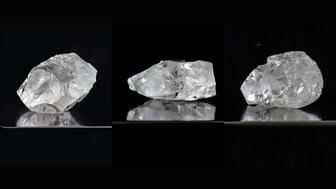
A 203-carat diamond from the alluvial mine in Angola achieved the highest price.

